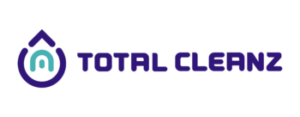
UV-C light is a specific type of ultraviolet radiation, with wavelengths ranging from 200 to 280 nanometers. What makes it so effective is its ability to kill or deactivate up to 99.99% of harmful microorganisms, including viruses, bacteria, and mould spores, by breaking down their DNA and RNA. Once that happens, these pathogens can’t reproduce or spread. That’s why UV-C is often used in places where cleanliness is a priority—from medical settings to everyday spaces like homes and workplaces. Because of its germicidal properties, it’s seen as a practical way to support hygiene without relying on chemicals or moisture.
Commonly used in healthcare, laboratories, and controlled environments, UV-C sanitisation is now gaining broader application in residential and commercial settings, especially for disinfecting high-contact surfaces like mattresses, upholstery, electronics, and air systems. The method is completely dry, requires no chemicals, and leaves behind no residue, offering a safe and contactless solution for deep cleaning.
How UV-C Sanitisation Works
UV-C sanitisation works by using light energy to interfere with the genetic makeup of microorganisms. When bacteria, viruses, or dust mites come into contact with UV-C light at the right wavelength and strength, the light damages their DNA or RNA. Once that happens, they can’t multiply or function properly, which means they’re no longer a threat to your health.
For UV-C to be effective, the light must:
- Be strong enough (usually in the 254 nm range)
- Stay focused on the surface for a sufficient amount of time.
- Be used in a controlled, safe manner to avoid harm to humans or pets.
It’s important to note that UV-C is a line-of-sight technology. If a surface is shaded or blocked, the light won’t reach it. That’s why the technique is often used as a complement to manual cleaning, not a replacement.
What UV-C Can Kill
UV-C sanitisation is widely used for its effectiveness against:
- Bacteria, including E. coli, Salmonella, and Staphylococcus
- Viruses such as influenza and coronaviruses
- Dust mites and their allergens, which are common triggers for asthma and skin reactions
- Mould spores, helping prevent damp-related odours and respiratory issues
Several studies confirm that UV-C can achieve an over 99% reduction of pathogens when used correctly. It’s widely adopted in healthcare, hospitality, and increasingly in home environments as a reliable disinfection method.
Applications of UV-C Sanitisation
UV-C has been used for decades in hospitals and laboratories. Now, it’s finding its way into more accessible environments:
Mattresses and Upholstery
Mattresses are one of the most overlooked areas for sanitisation. They trap dust mites, skin cells, bacteria, and fungi over time. UV-C can be applied using specialist lamps or devices to disinfect the surface without soaking or damaging the material.
Childcare and Elderly Care Settings
These environments benefit greatly from chemical-free disinfection. UV-C offers an additional line of defence against the transmission of illness on surfaces like cots, chairs, and shared toys.
Air Disinfection
Some air purifiers incorporate UV-C bulbs to sterilise the air passing through their filters, reducing airborne pathogens. These are particularly useful in high-traffic or poorly ventilated spaces.
Electronics and Shared Devices
Because UV-C doesn’t use moisture, it’s often used to sanitise devices such as remotes, phones, or computer keyboards in offices and hotels.
Is UV-C Safe?
Used properly, UV-C sanitisation is safe. But it’s essential to understand how to handle it:
- Direct exposure to skin or eyes should always be avoided. That’s why many devices come with shielding, motion sensors, or timers to switch off when movement is detected.
- Professional UV-C systems are often used in unoccupied rooms or are integrated into enclosed air systems.
- DIY units should be handled carefully, following all manufacturer instructions.
If you’re thinking about using UV-C at home, it’s worth sticking to certified products that include proper safety features. Better yet, speak to someone with experience using this technology so you know it’s being handled correctly.
Advantages of UV-C Over Traditional Cleaning
One of the biggest draws of UV-C sanitisation is that it doesn’t use chemicals, heat, or liquids. That gives it several advantages:
- Chemical-free: no residue, no risk of skin or breathing reactions
- Dry and contactless: ideal for mattresses, electronics, and other sensitive items
- Quick action: most pathogens are neutralised in seconds to minutes
- Eco-friendly: No consumables or waste are produced.
It’s worth noting, though, that UV-C is most effective on smooth, hard surfaces. Textured or layered materials may need additional cleaning steps to ensure full coverage.
Should You Use UV-C Sanitisation at Home?
If you or your family suffer from allergies, respiratory issues, or skin conditions, then reducing microbial load on soft furnishings and mattresses can make a noticeable difference. While UV-C isn’t always necessary for day-to-day cleaning, it’s an excellent supplemental method for deep sanitisation.
For those interested in maintaining better hygiene in bedrooms, consider pairing UV-C treatment with regular vacuuming and professional mattress cleaning. You can explore professional mattress cleaning services that may include or complement UV-C methods.
Even if UV-C isn’t part of the direct service offering, it’s a smart tool to understand and consider adding to your home routine. You can also learn more about best practices in home hygiene through trusted resources, such as the Total Cleanz homepage.
Conclusion
UV-C sanitisation isn’t a trend — it’s a proven, science-backed method used across industries to improve cleanliness and reduce the spread of illness. By disrupting the DNA of harmful organisms, UV-C offers powerful sanitisation without relying on chemicals or wet treatments.
If you’re serious about improving the hygiene of your mattresses, upholstery, or indoor spaces, it’s best to start with professional cleaning. Trained specialists possess the necessary equipment and experience to perform the job thoroughly and safely. While tools like UV-C can be useful when used correctly, they are most effective when employed as part of a service carried out by professionals who know how to apply them properly. That way, you’re not guessing—you’re getting real results.





